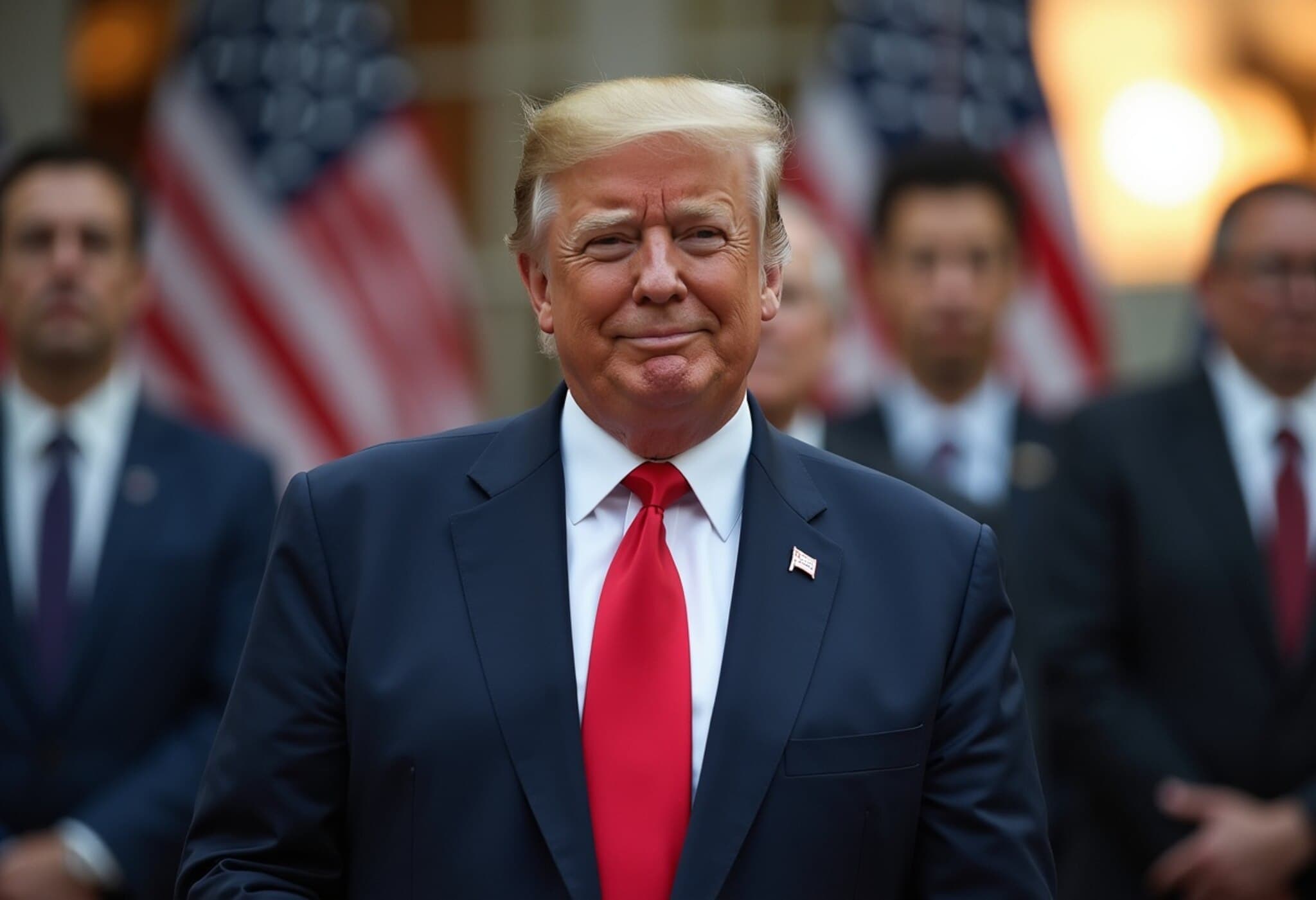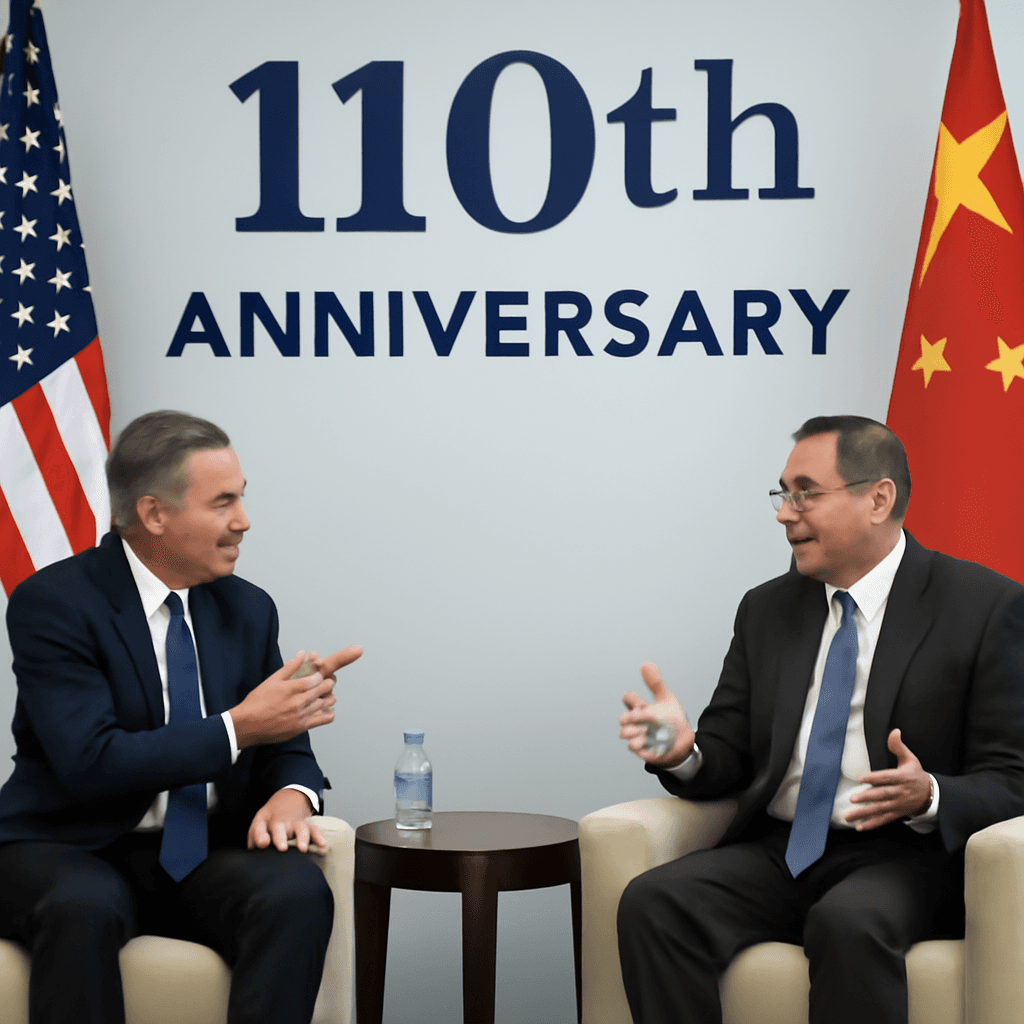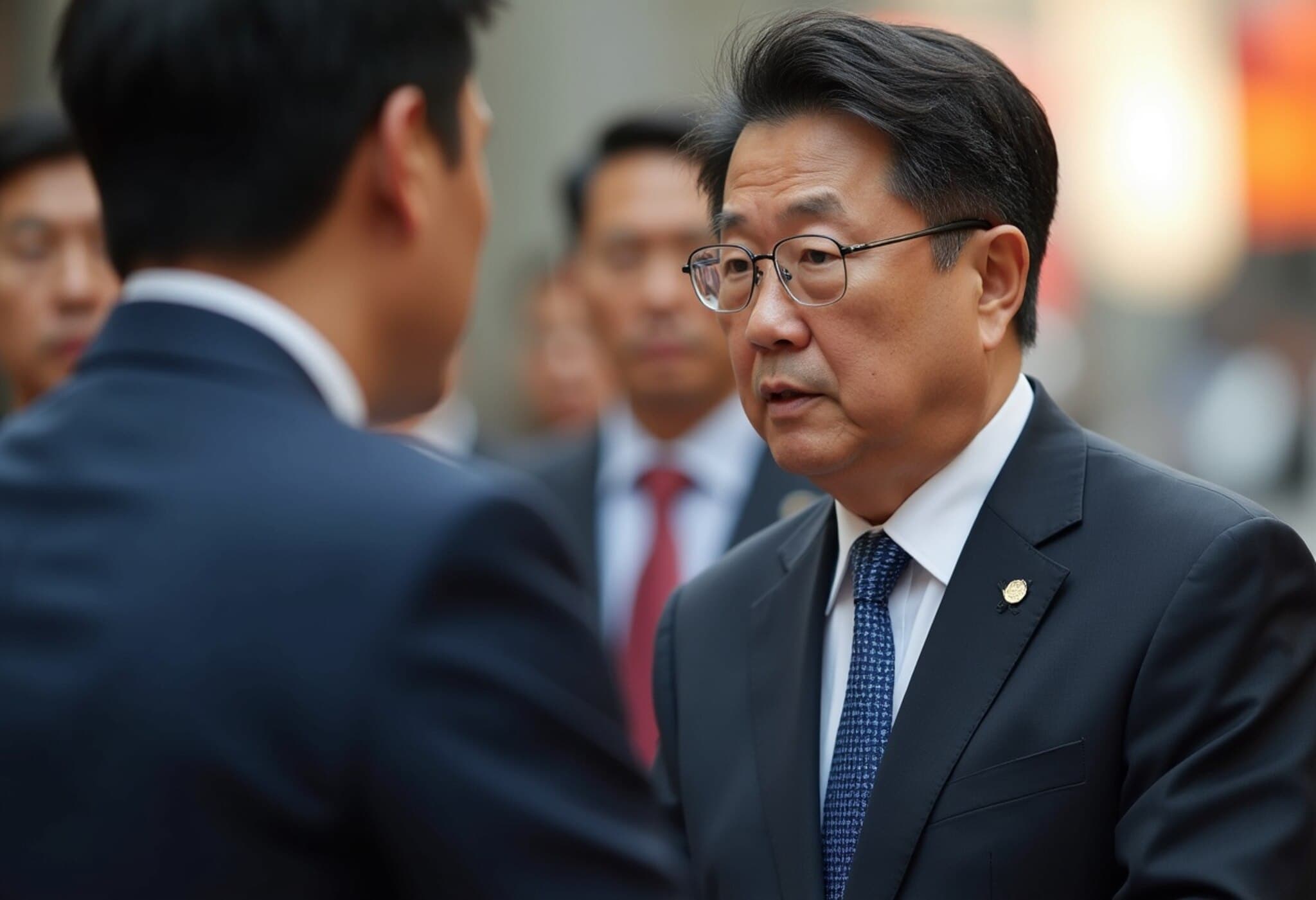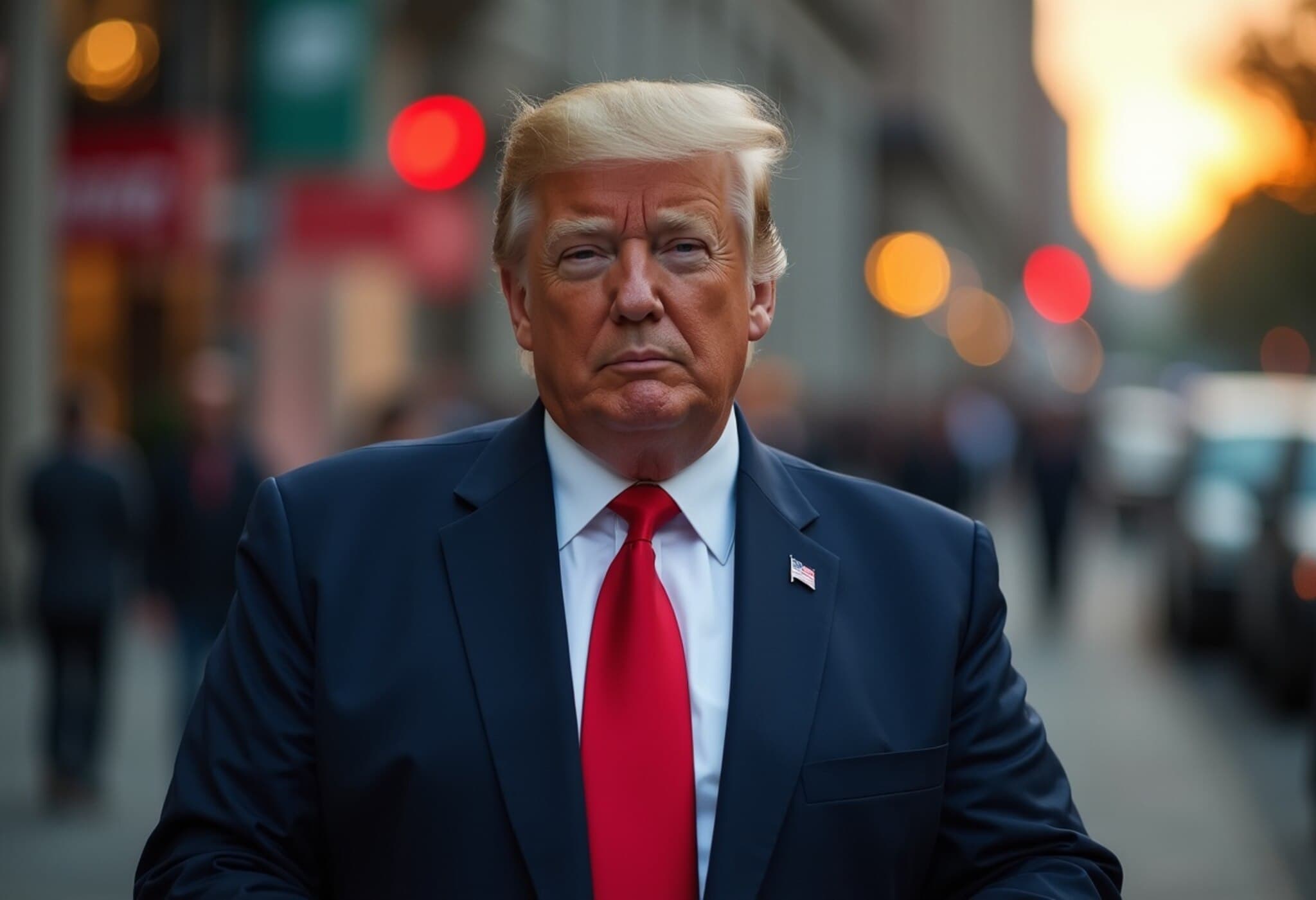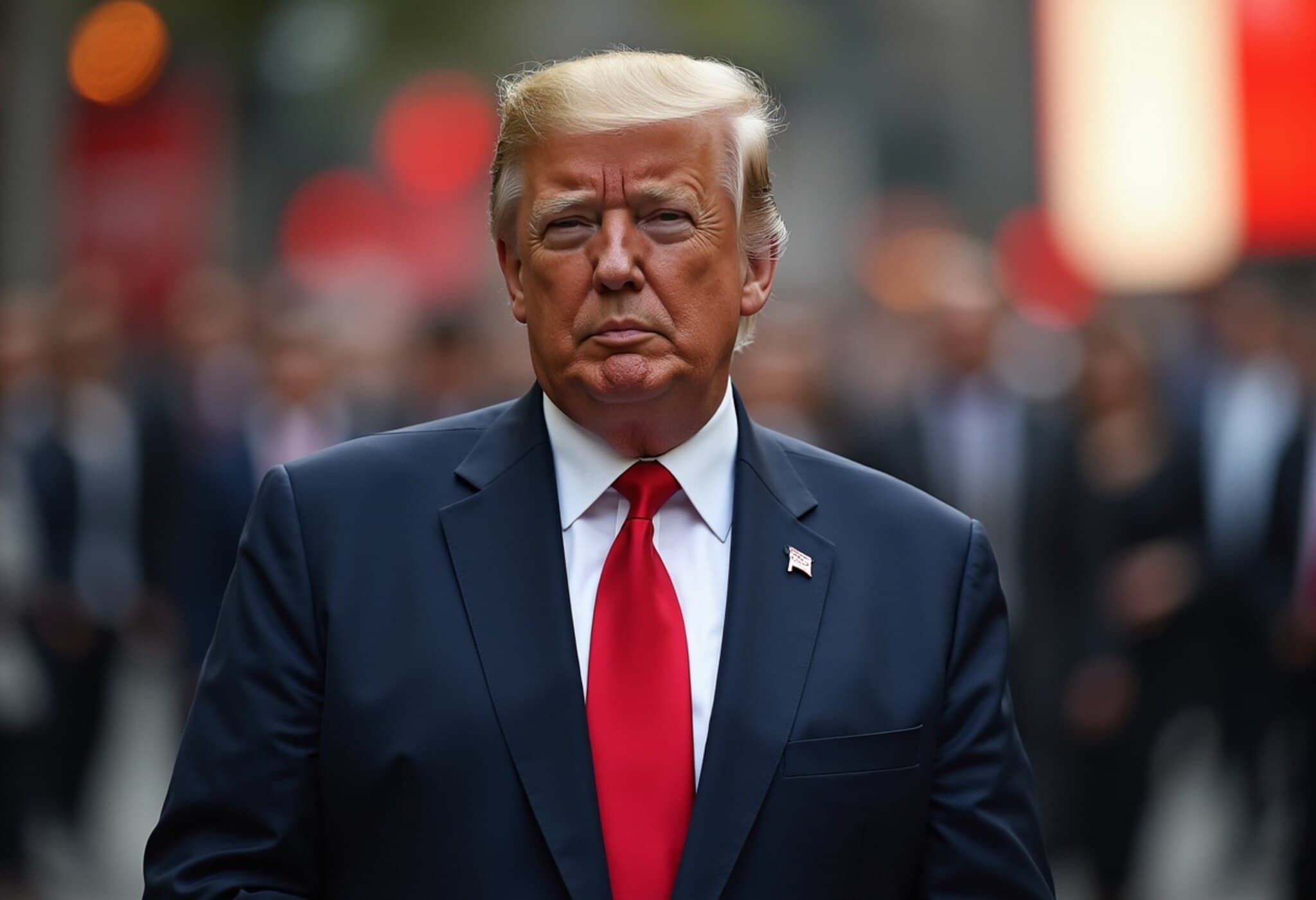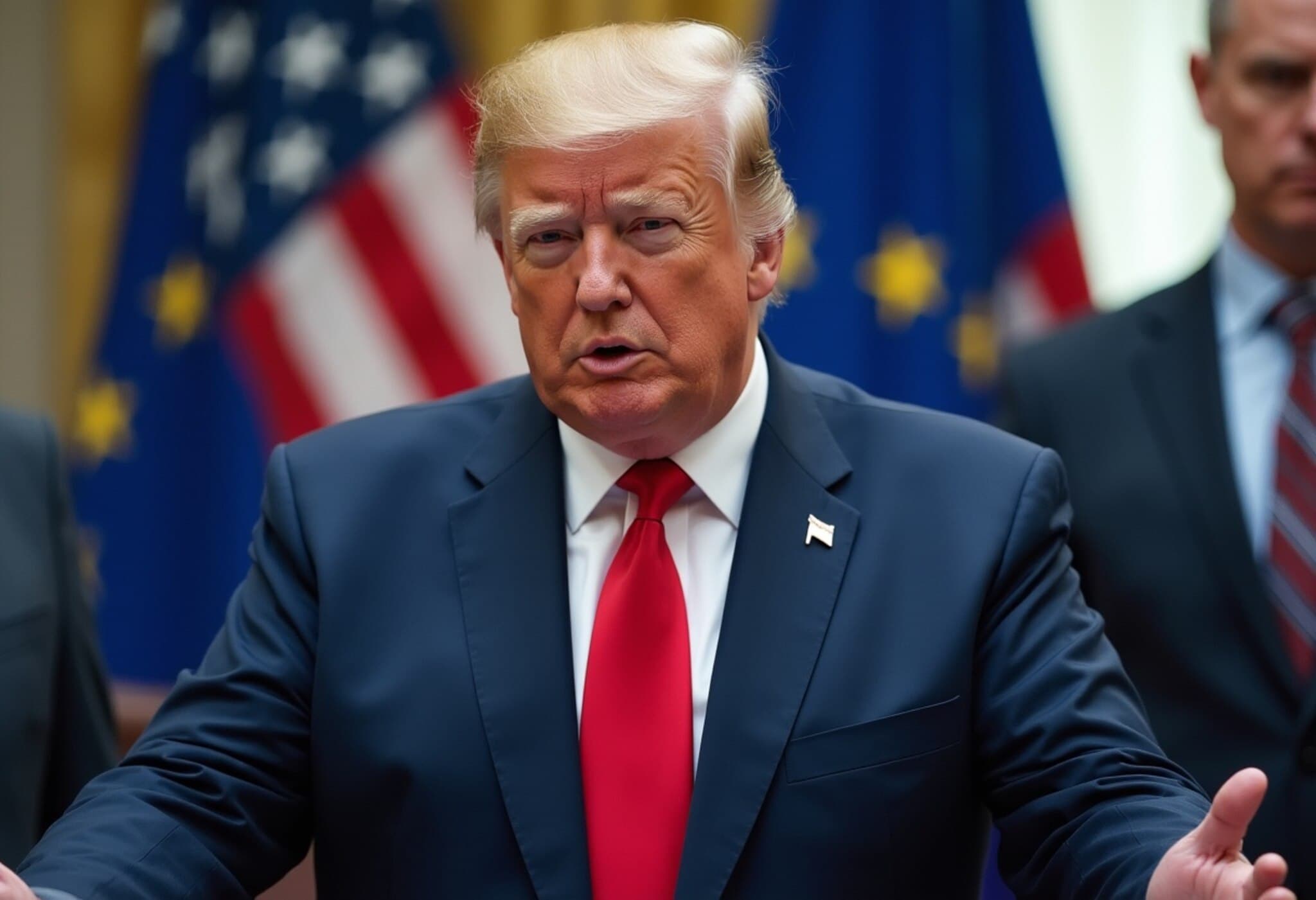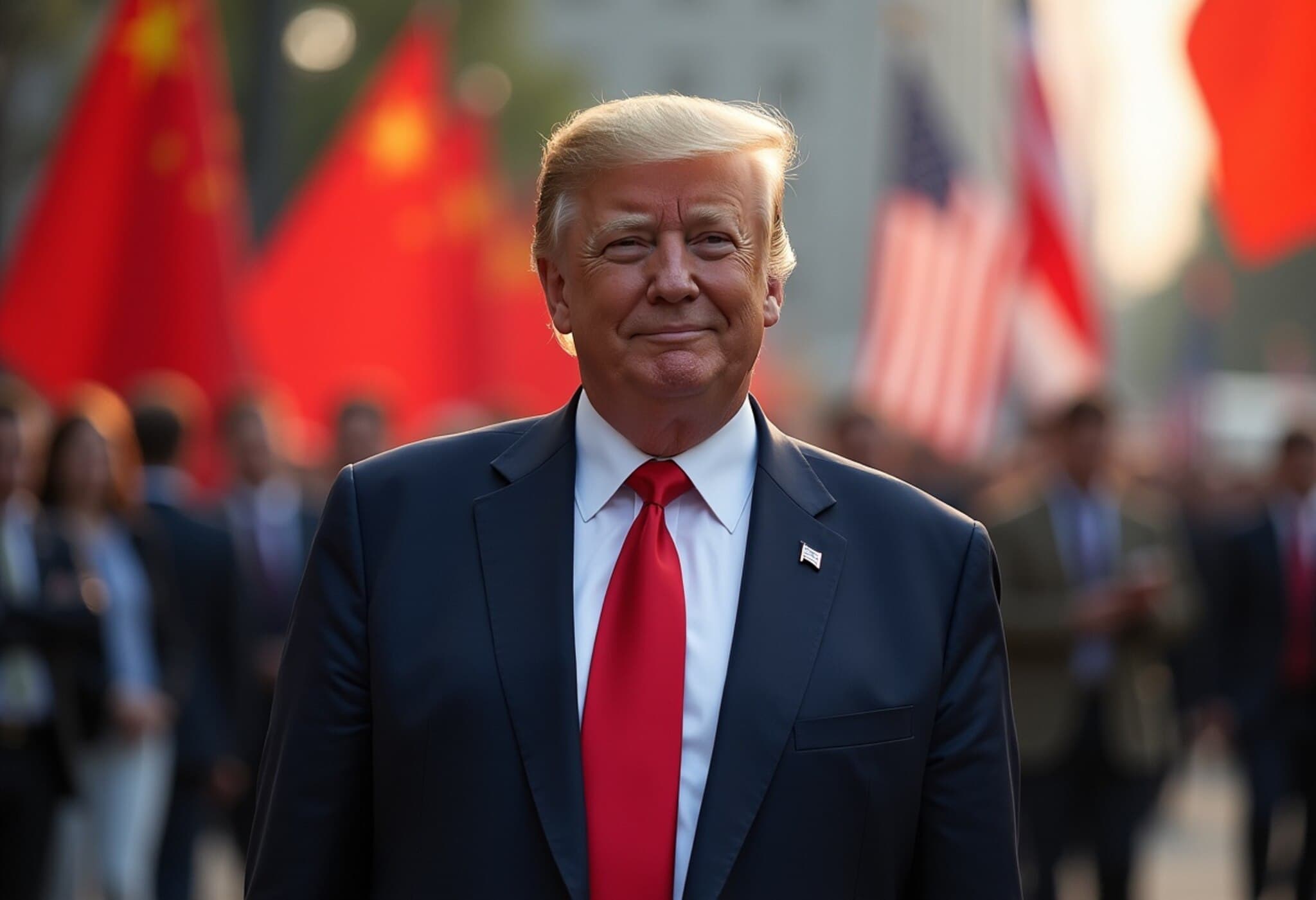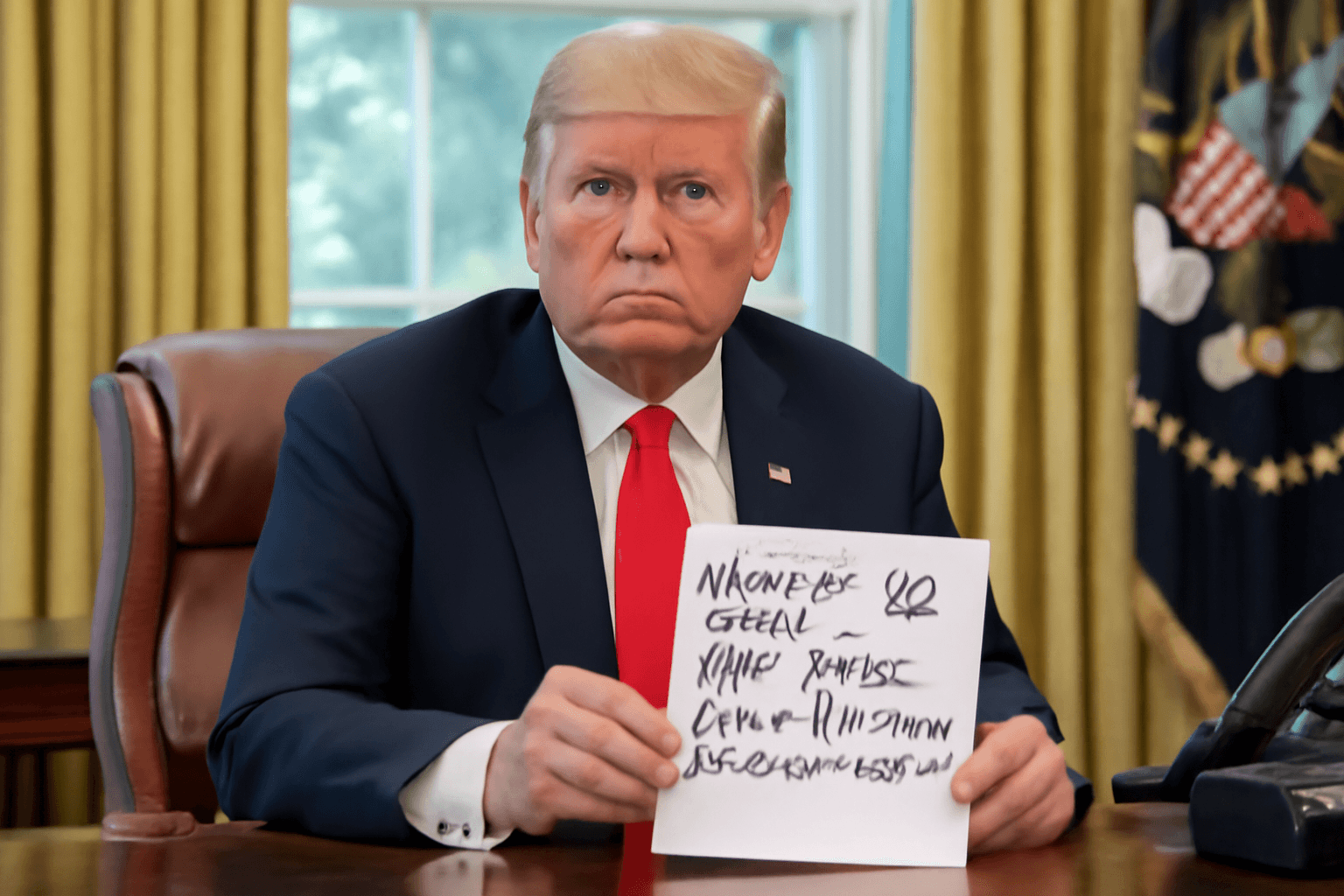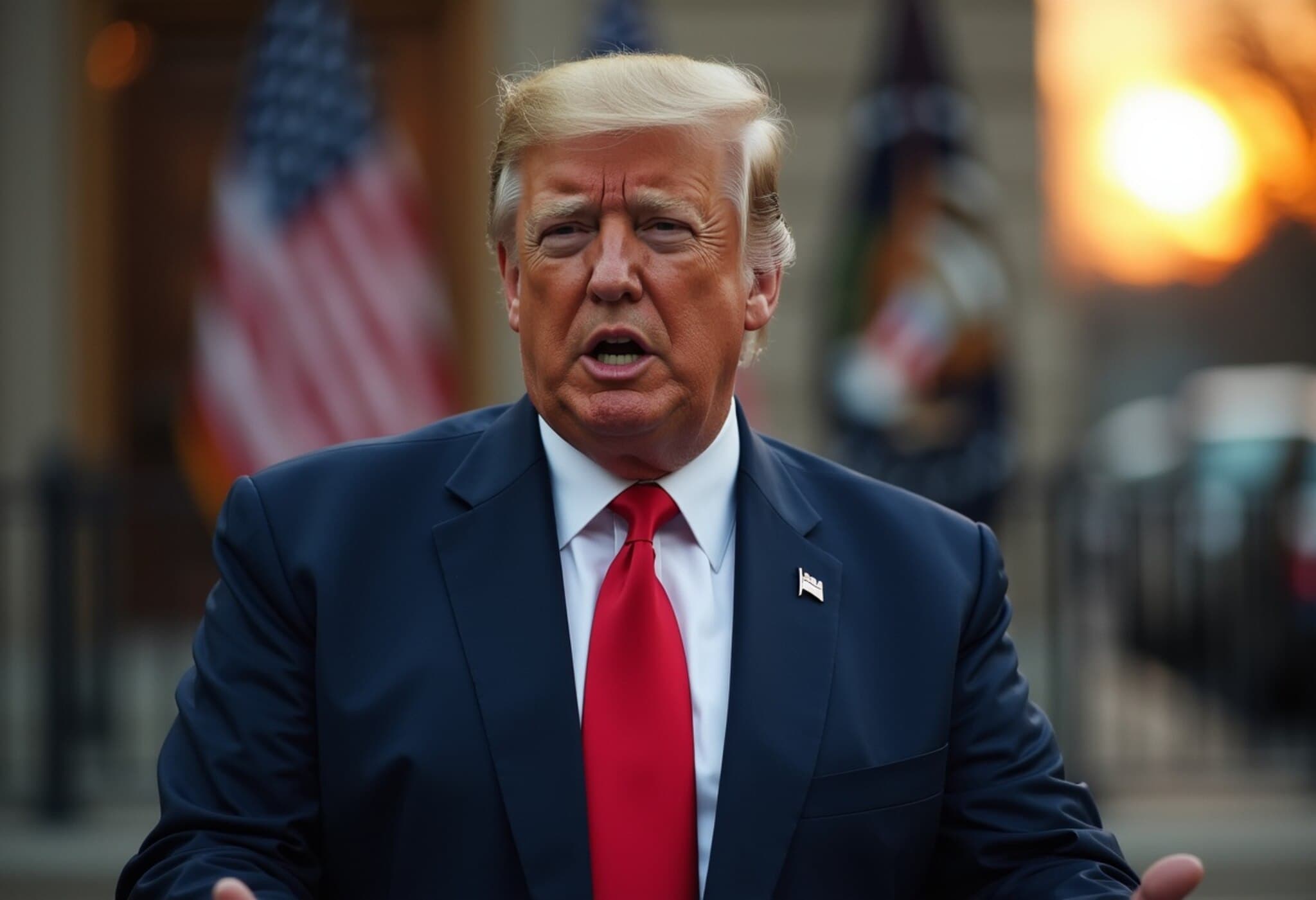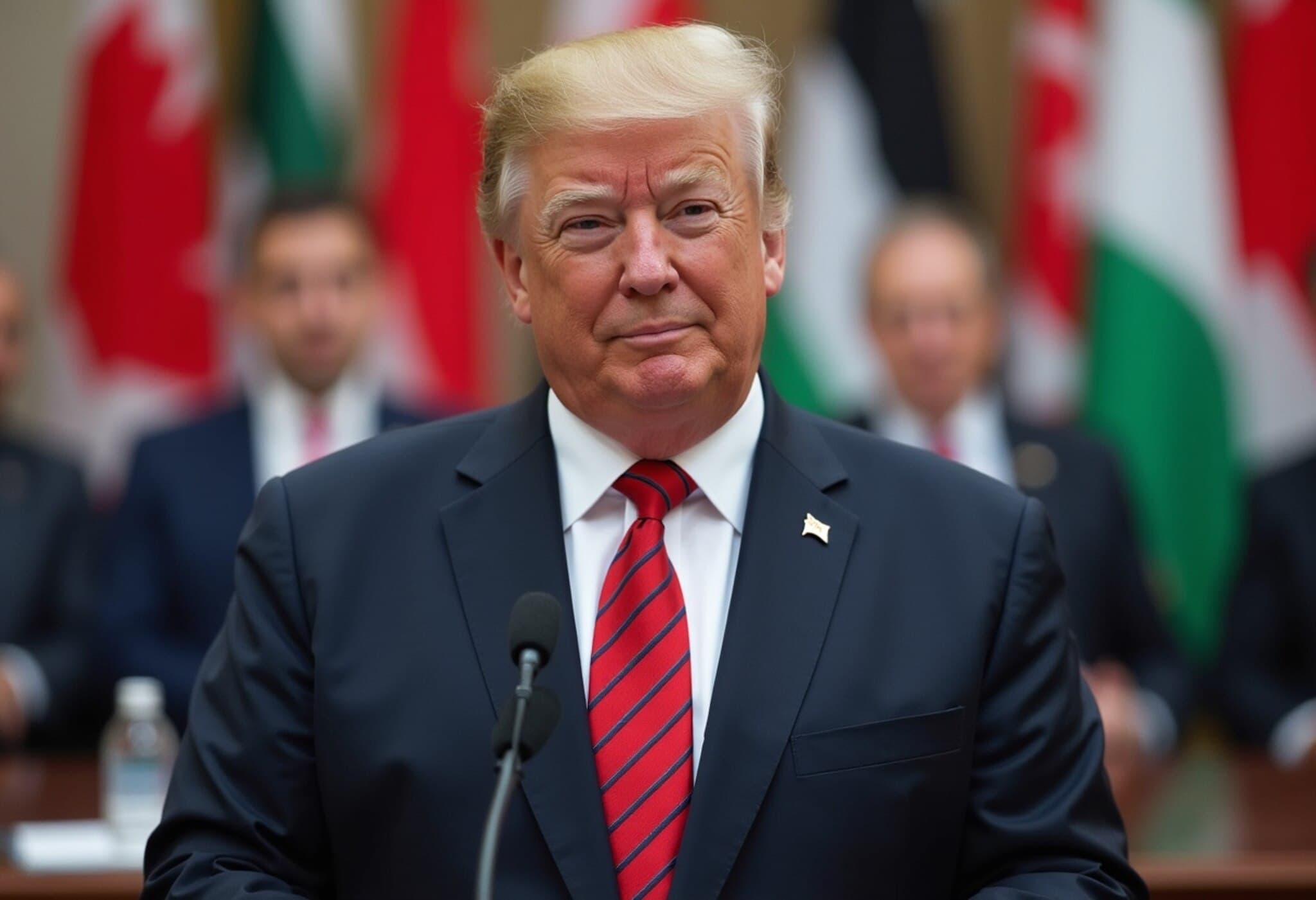US and South Korea Reach New Trade Deal with 15% Tariff
In a significant development ahead of the August 1 deadline, US President Donald Trump announced a landmark trade deal with South Korea that includes a 15% tariff on South Korean imports. This announcement marks a continuation of the US’s assertive trade policies aiming to recalibrate its economic relationships, particularly in Asia.
Details of the Trade Agreement
President Trump revealed the new arrangement on his social media platform, Truth Social, highlighting that South Korea will also commit to investing $350 billion into the United States under terms selected by the US administration. While specifics of the investment timeline and sectors remain undisclosed, this investment figure draws parallels to Japan's recent pledge of $550 billion, interpreted as strategic moves to offset tariff pressures.
Since April, the US had maintained a 25% reciprocal tariff on South Korean goods as part of broader tariff impositions against key trading partners. This was suspended for 90 days, with a new tariff rate now set at 15%, which is still above the minimum 10% tariffs initially considered.
Mutual Market Access and Upcoming Diplomatic Engagements
In addition to tariffs, President Trump confirmed that South Korea has agreed to allow American products—including automobiles, trucks, and agricultural goods—into its markets without imposing import duties. This concession aims to address US export concerns and balance trade deficits.
Reflecting improved diplomatic ties, South Korean President Lee Jae Myung is expected to visit the White House within the next two weeks to presumably finalize implementation details and reinforce bilateral cooperation.
Broader Implications: A Regional and Economic Perspective
- Trade Policy Shifts: This deal signals a shift toward more protectionist yet strategically negotiated trade policies under Trump’s administration, emphasizing bilateral trade balances and domestic investment.
- Impact on Global Supply Chains: Higher tariffs could influence supply chain dynamics, particularly in sectors reliant on South Korean manufacturing such as electronics and automotive industries.
- Economic Diplomacy: Investment commitments tied to trade agreements may become a new norm, allowing countries to leverage foreign direct investment as a bargaining tool in trade negotiations.
Other Trade Partners Facing Similar Tariffs
The United States has also extended similar 15% tariff treatments to imports from the European Union and Japan following parallel agreements, reflecting a comprehensive strategy to protect American industries and encourage reciprocal market openness.
Expert Insight
Trade analyst Dr. Emily Chen notes, "While tariffs traditionally deter imports, coupling them with massive investment commitments and market concessions could redefine modern trade deals. The effectiveness of this approach will hinge on transparent investment plans and equitable market access enforcement." Experts also caution about possible retaliatory measures and stresses on international trade relations, urging careful monitoring as these new tariffs come into effect.
Editor’s Note
The US-South Korea trade deal exemplifies the evolving landscape of global trade where tariffs, investment flows, and diplomatic negotiations intersect. It raises key questions about long-term economic impacts for consumers, manufacturers, and international relations. Observers should watch closely how this new tariff policy shapes trade balances, investment patterns, and geopolitical alliances in the Asia-Pacific region.

